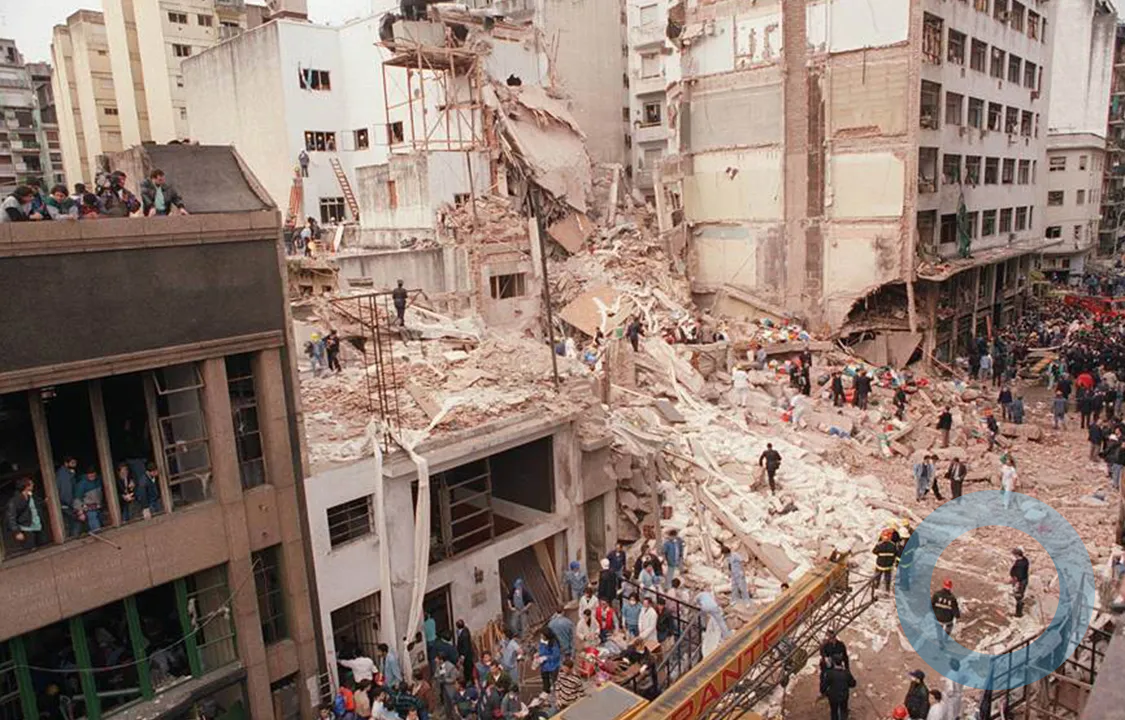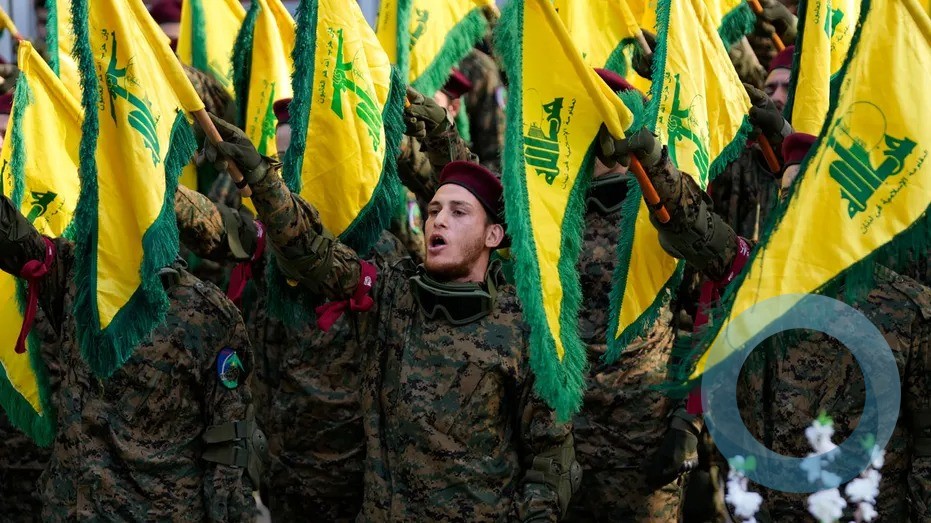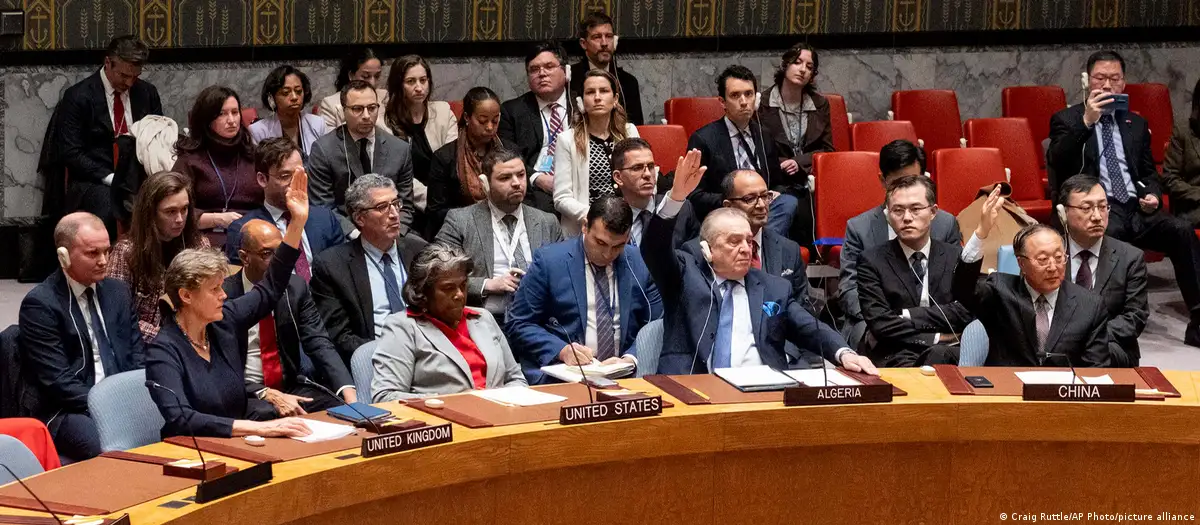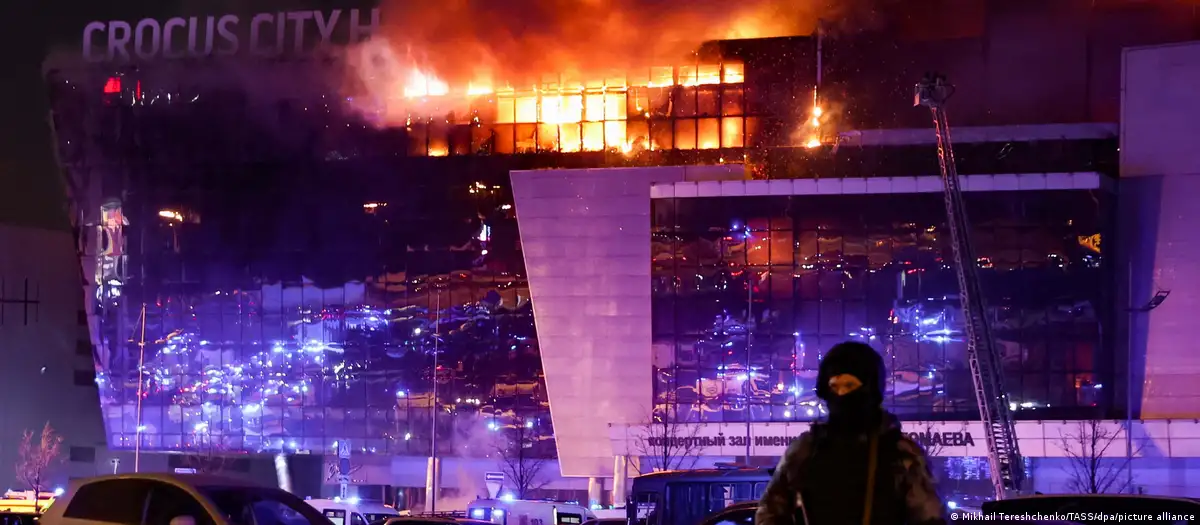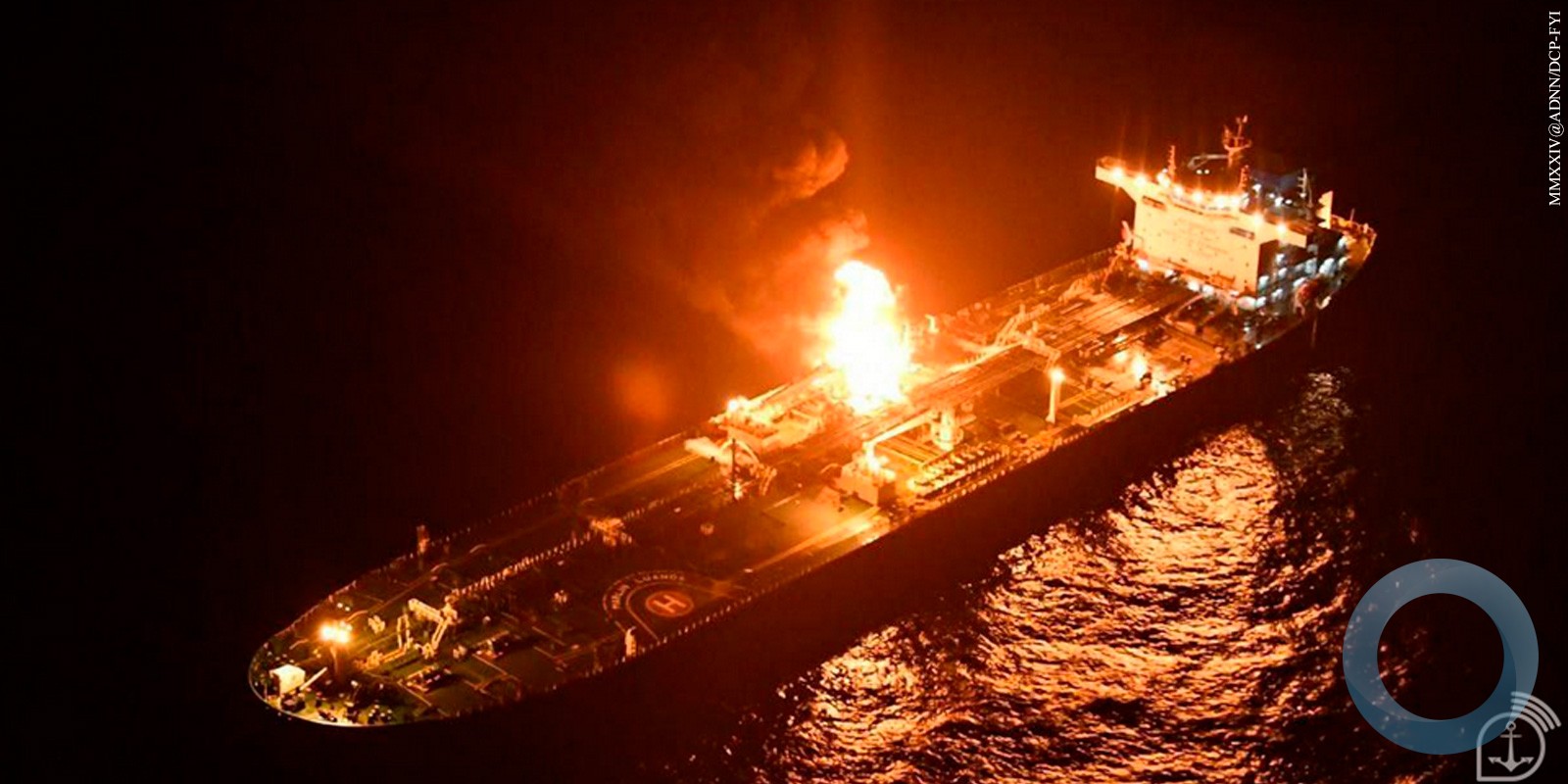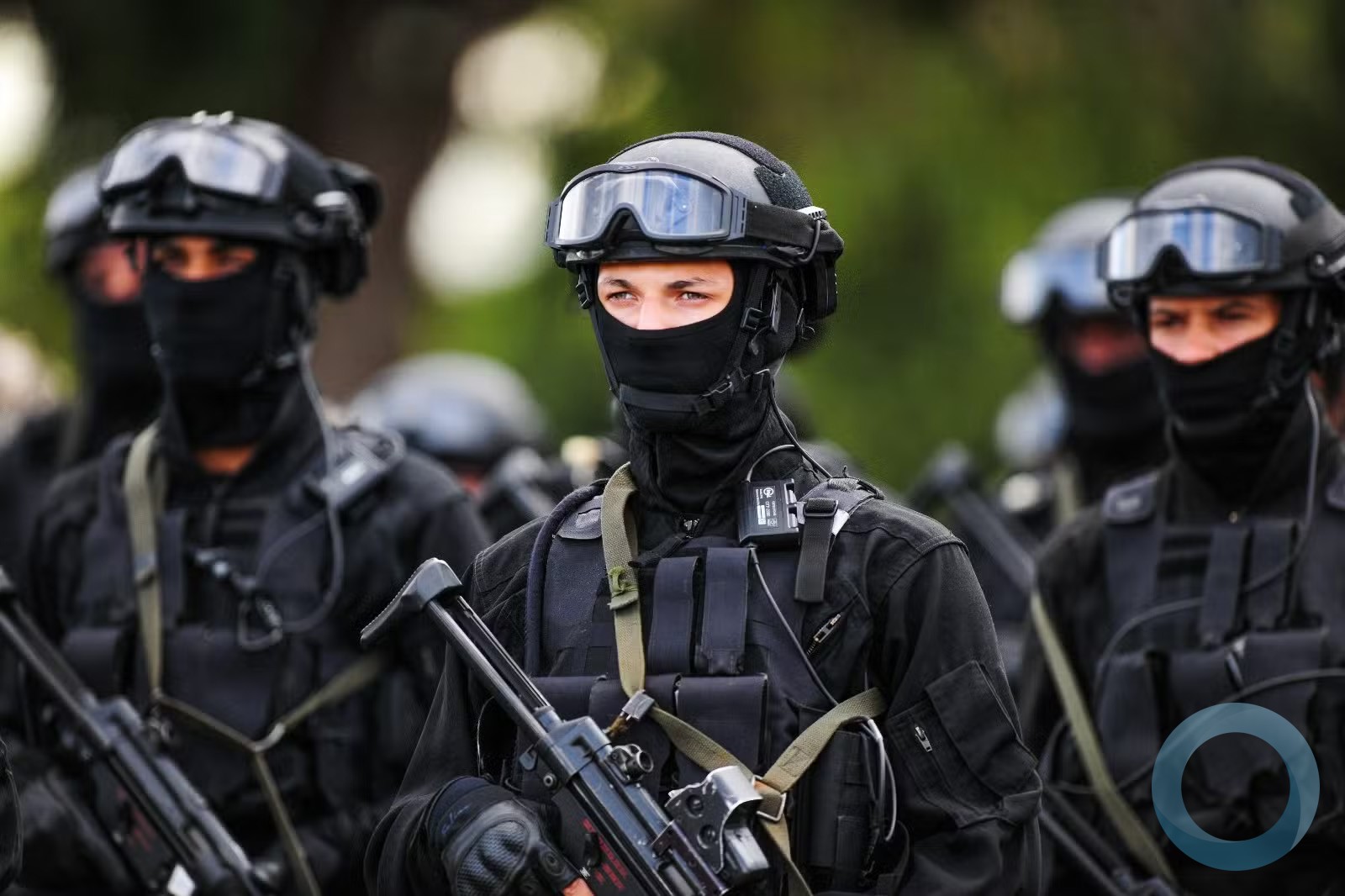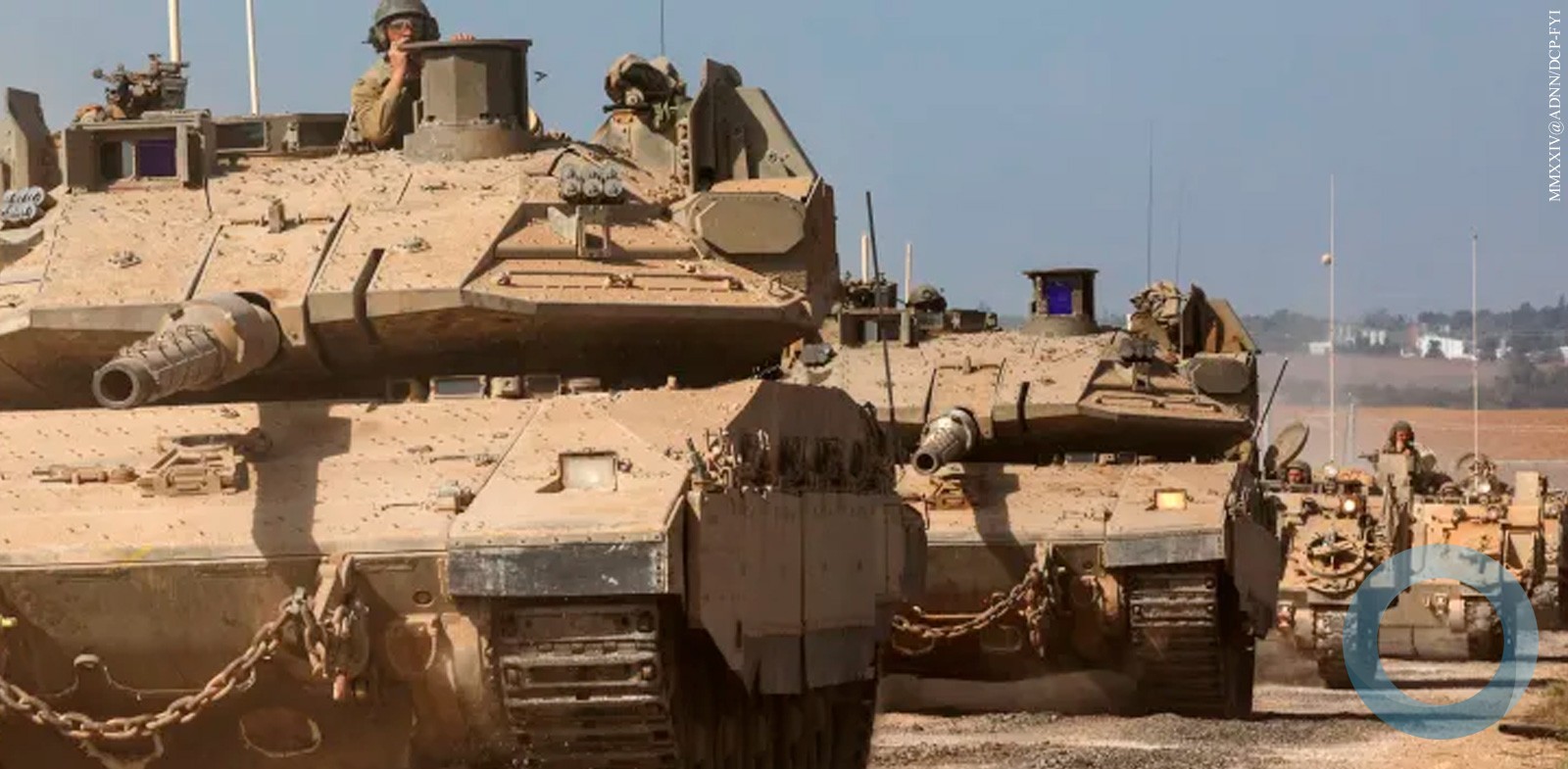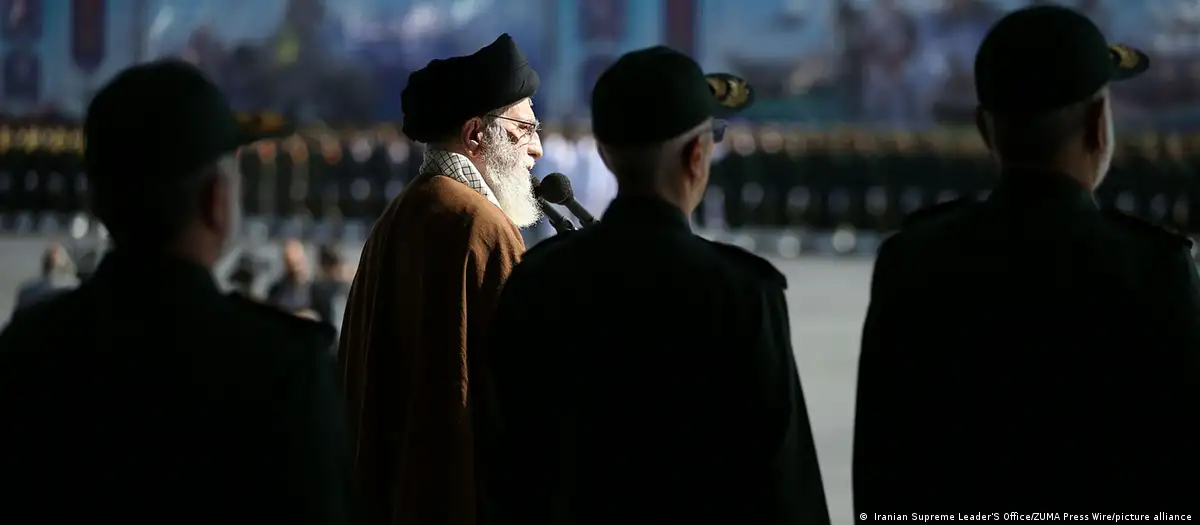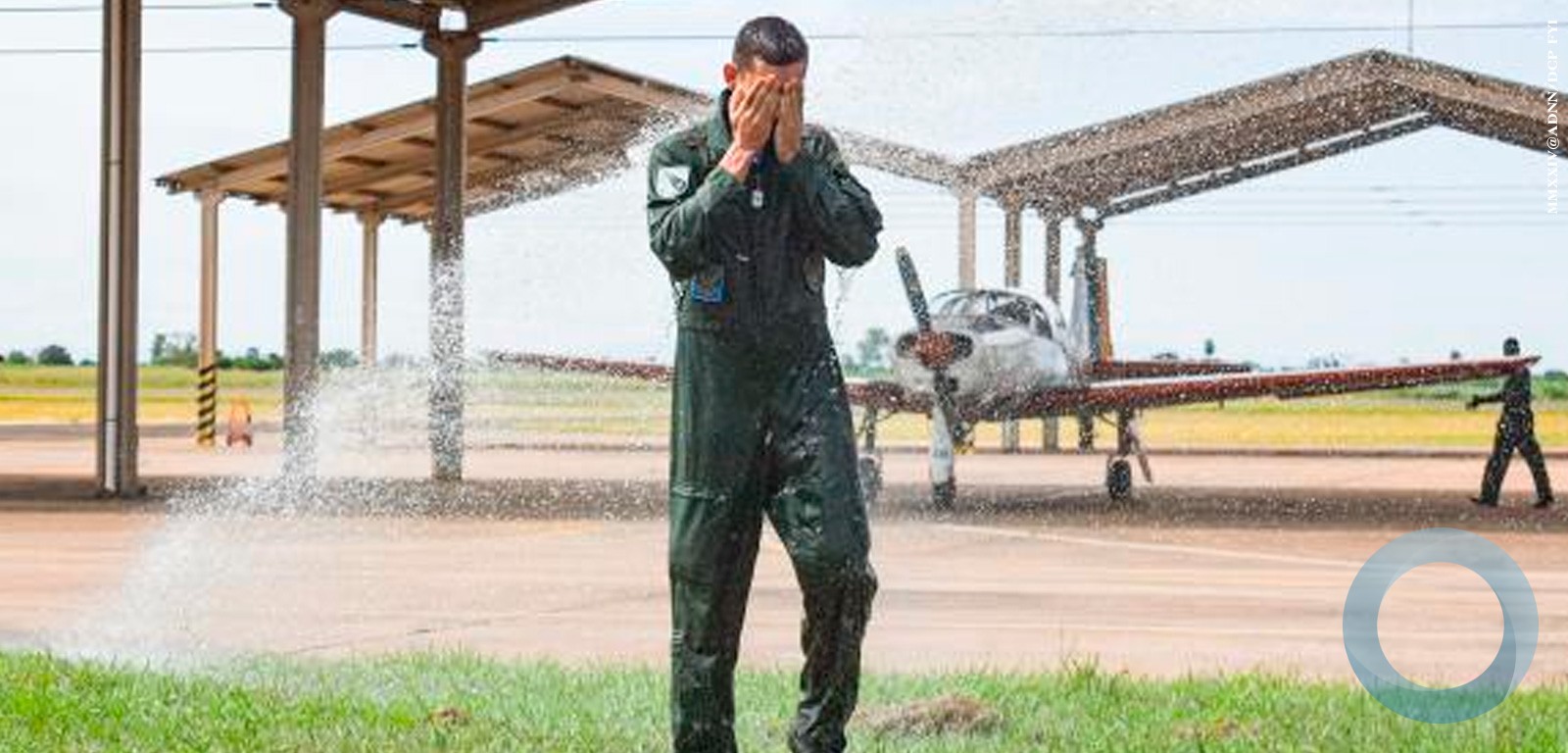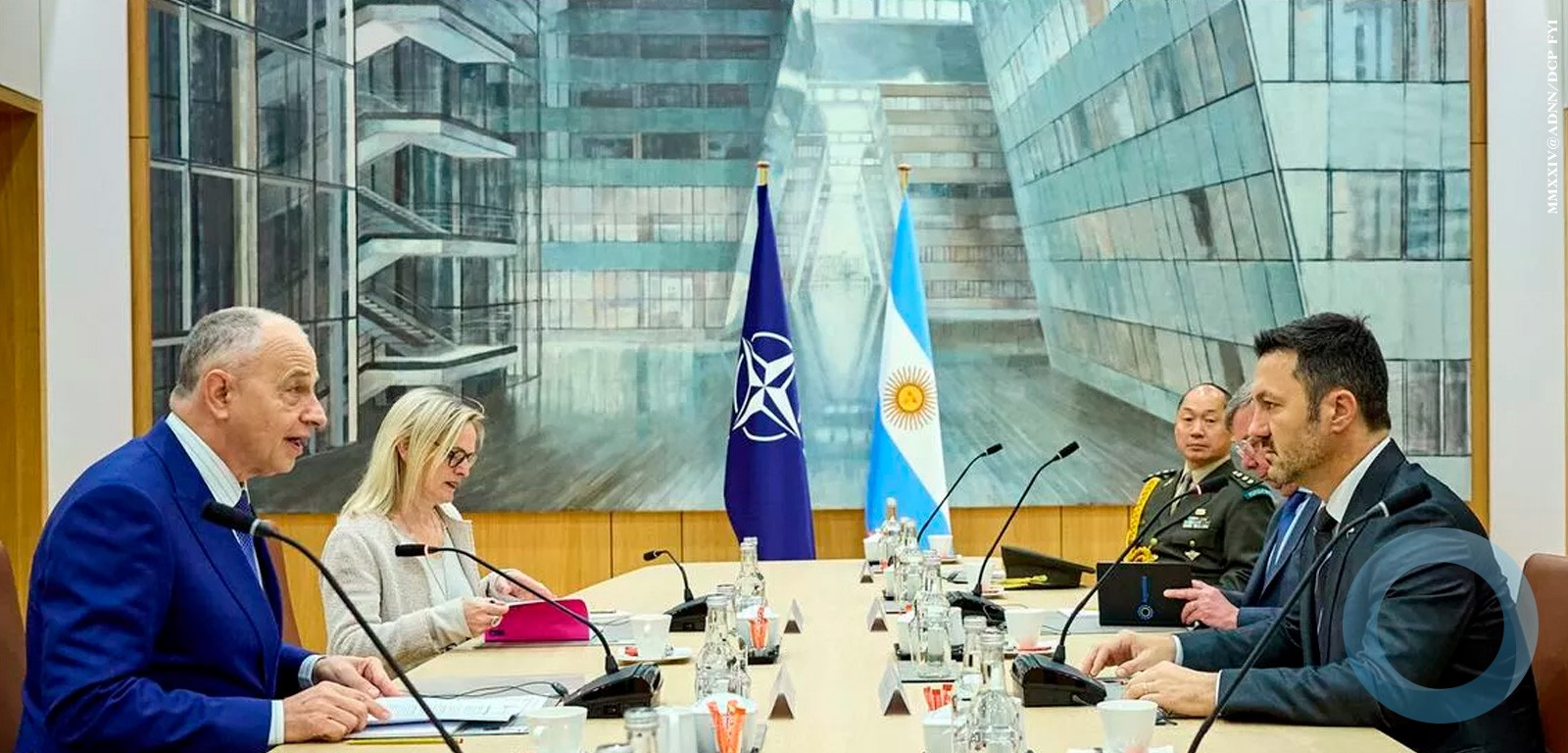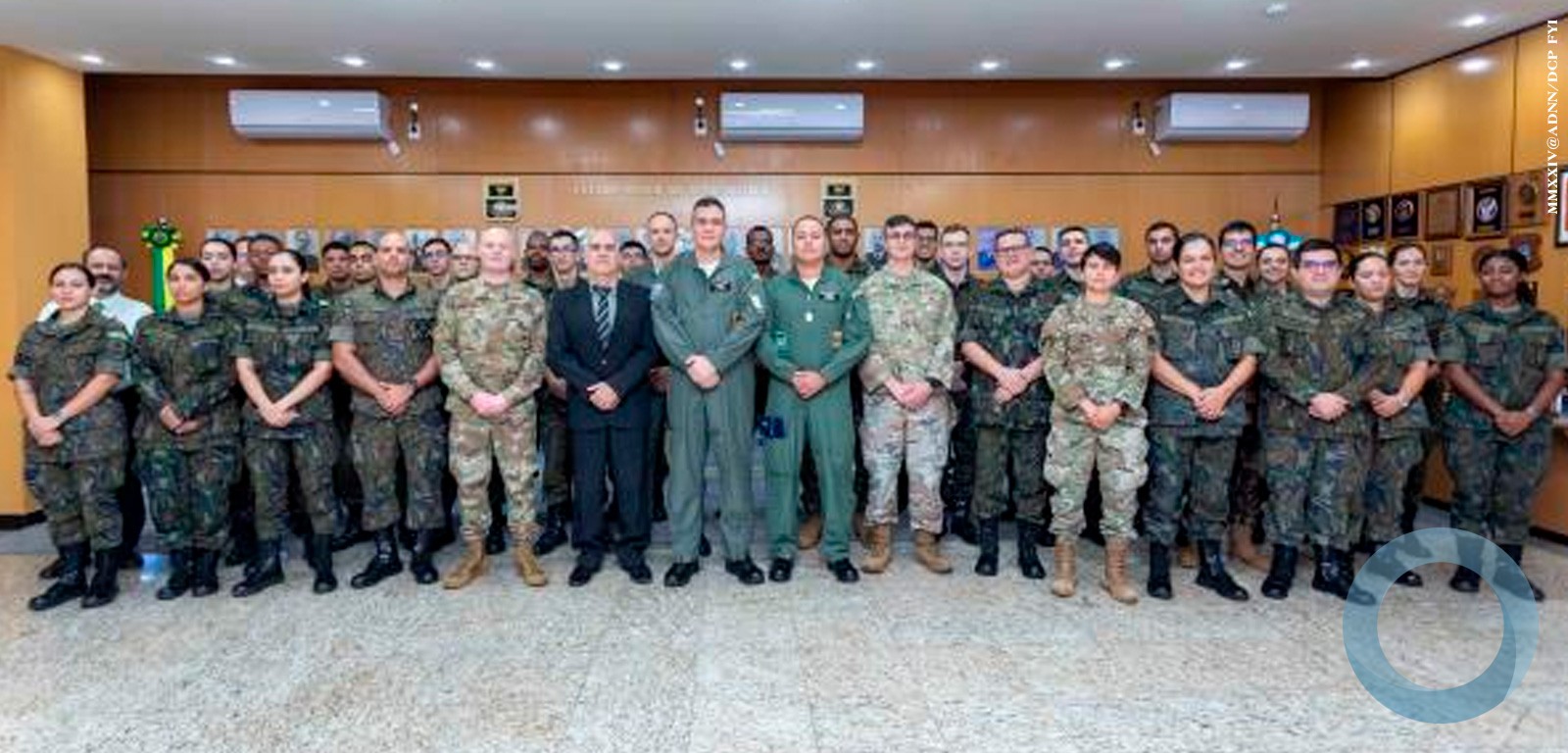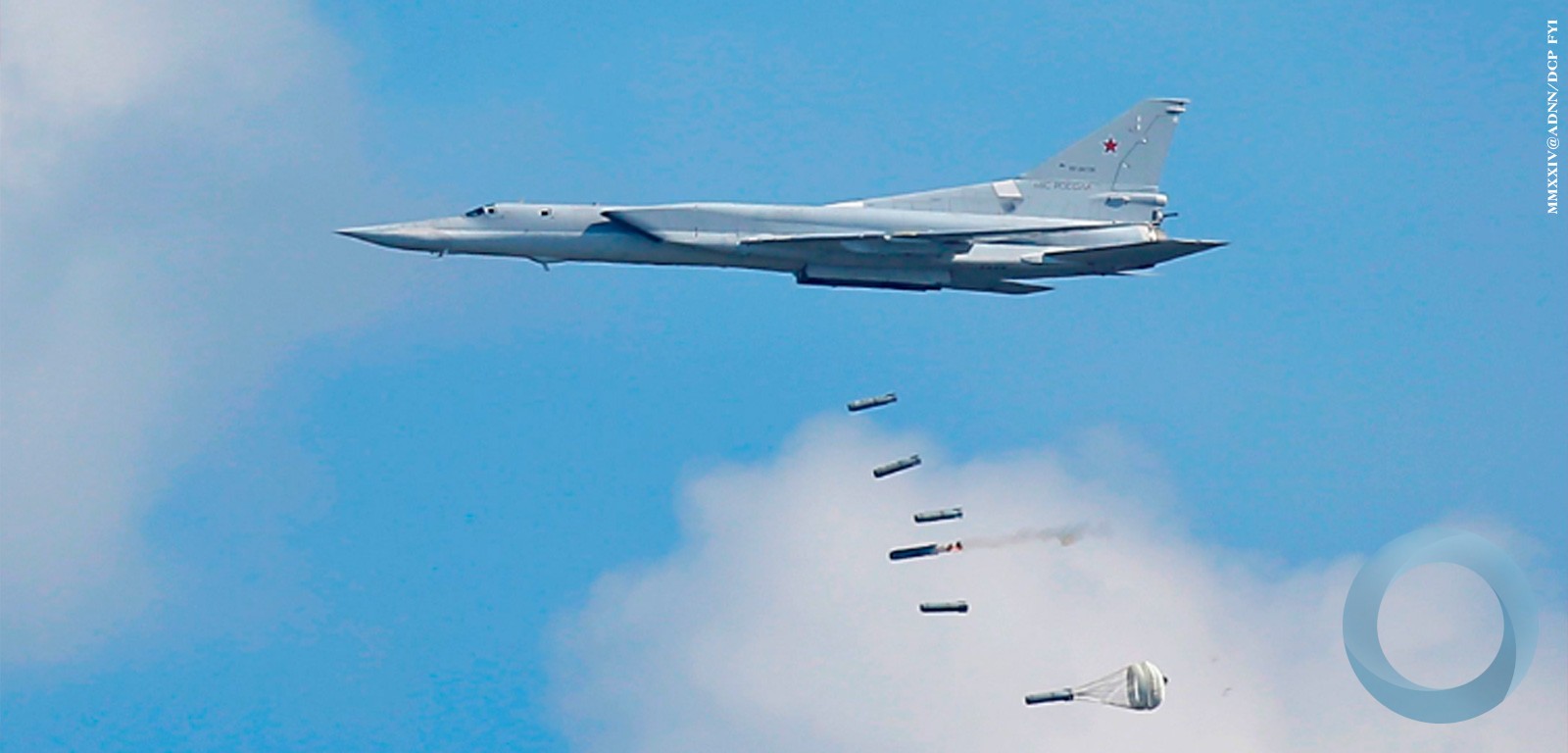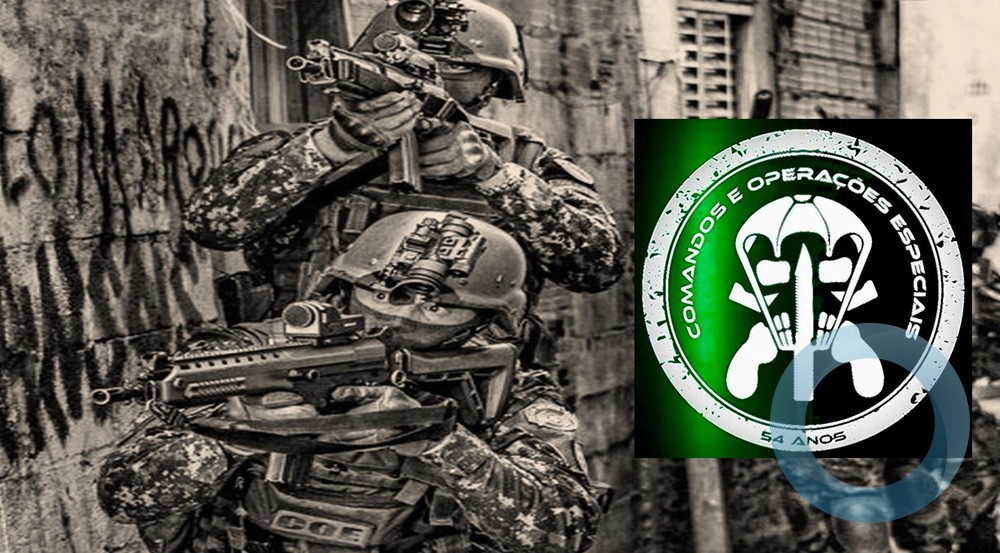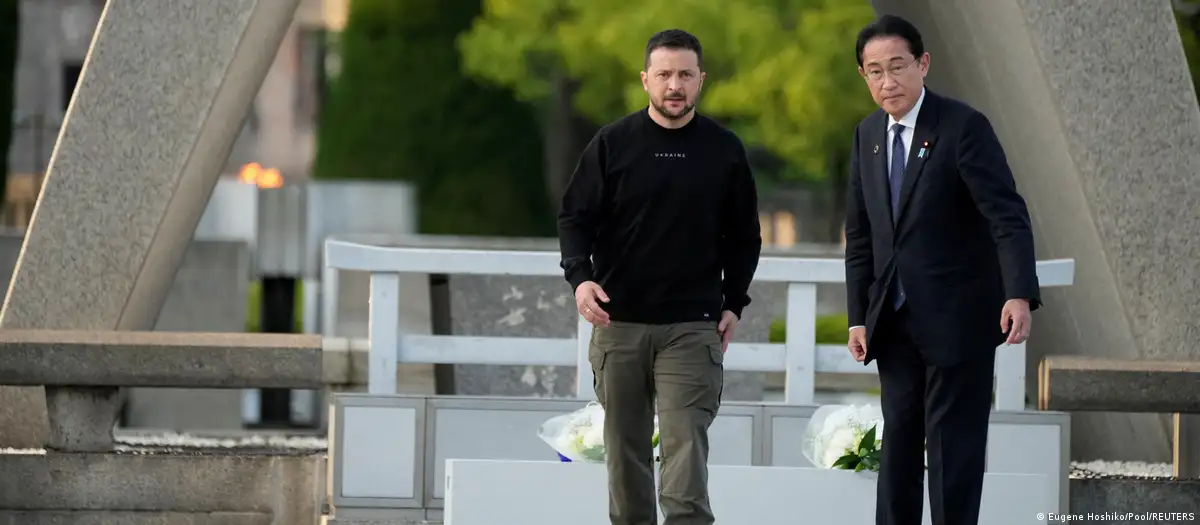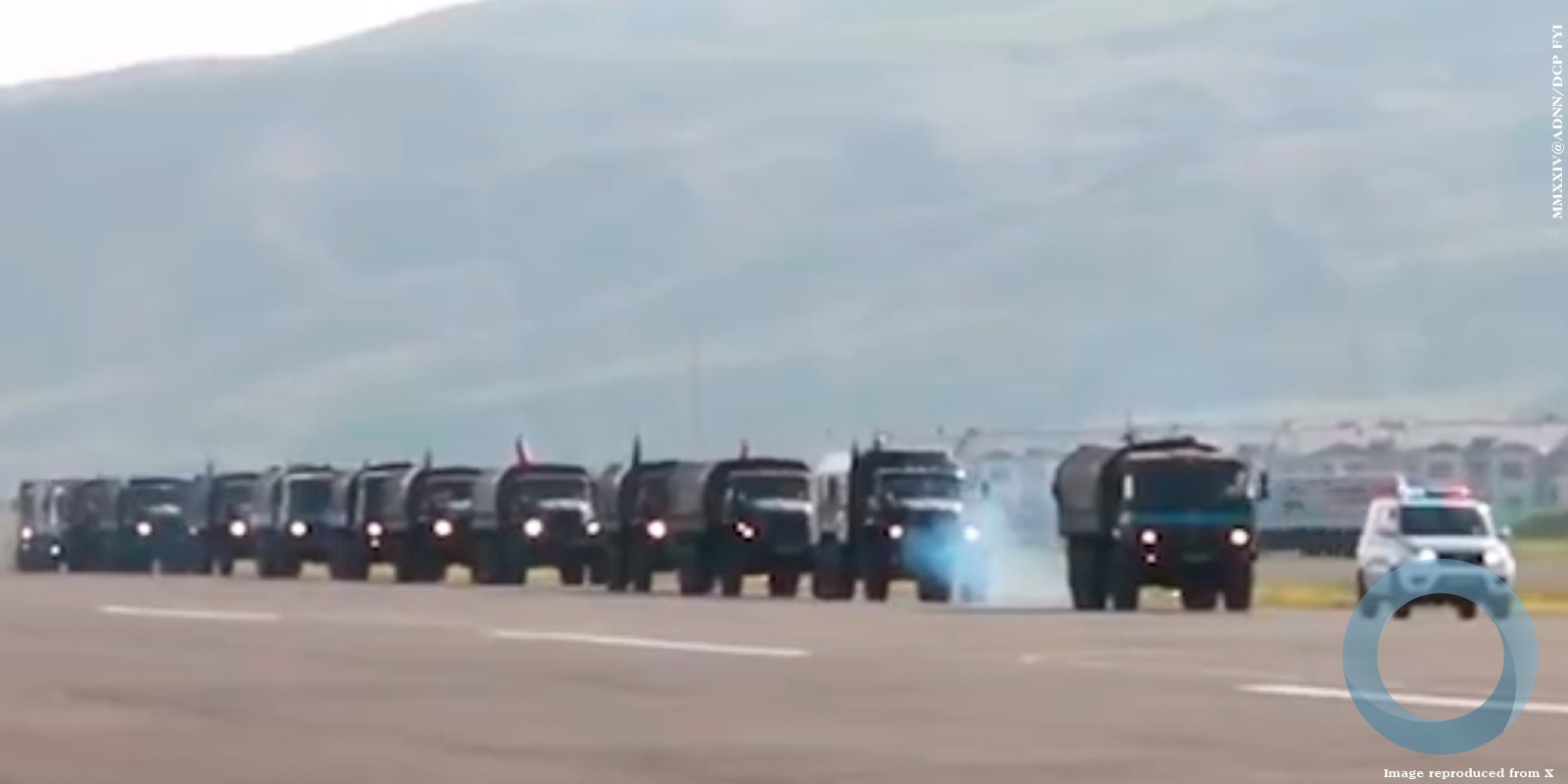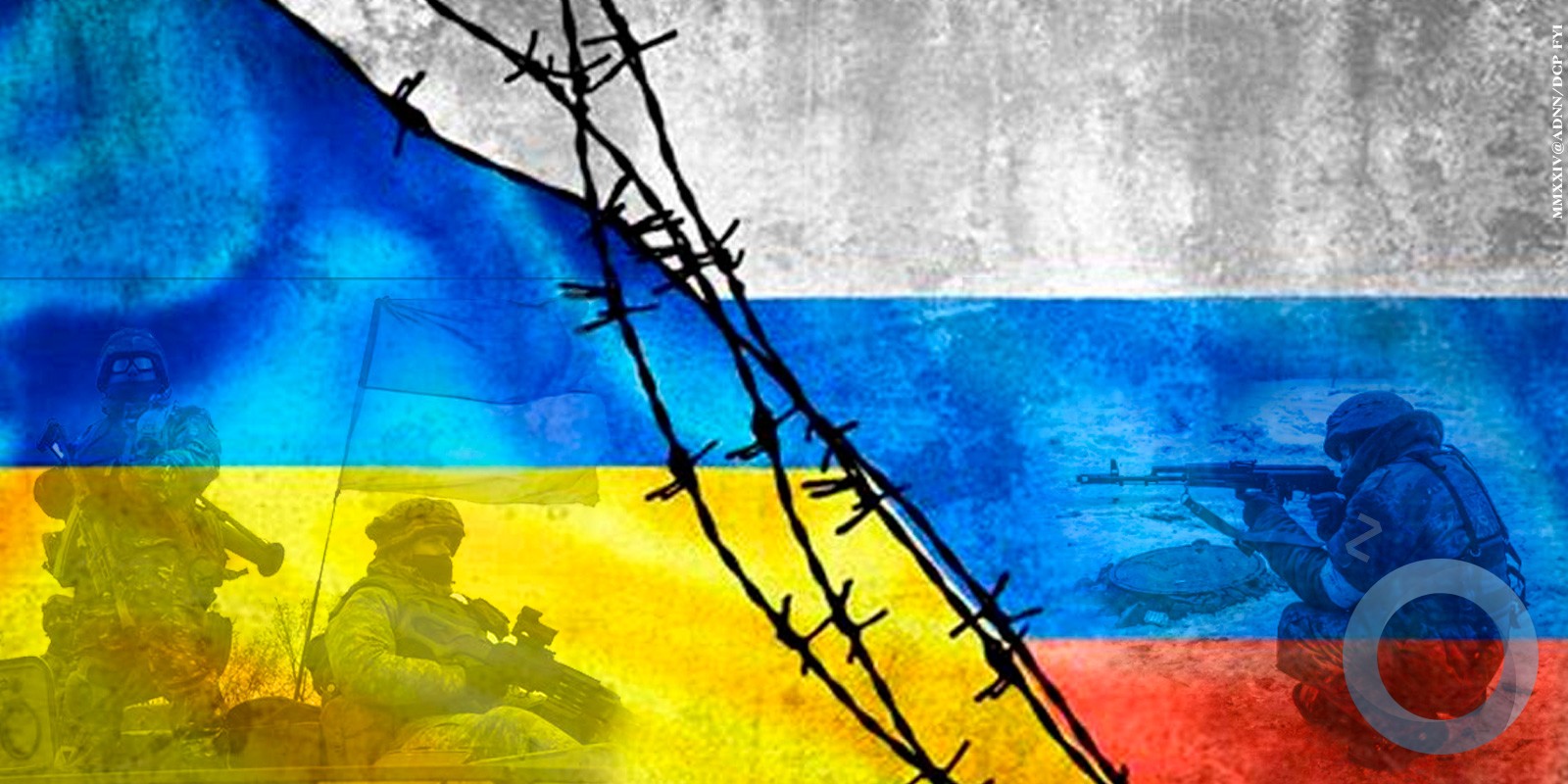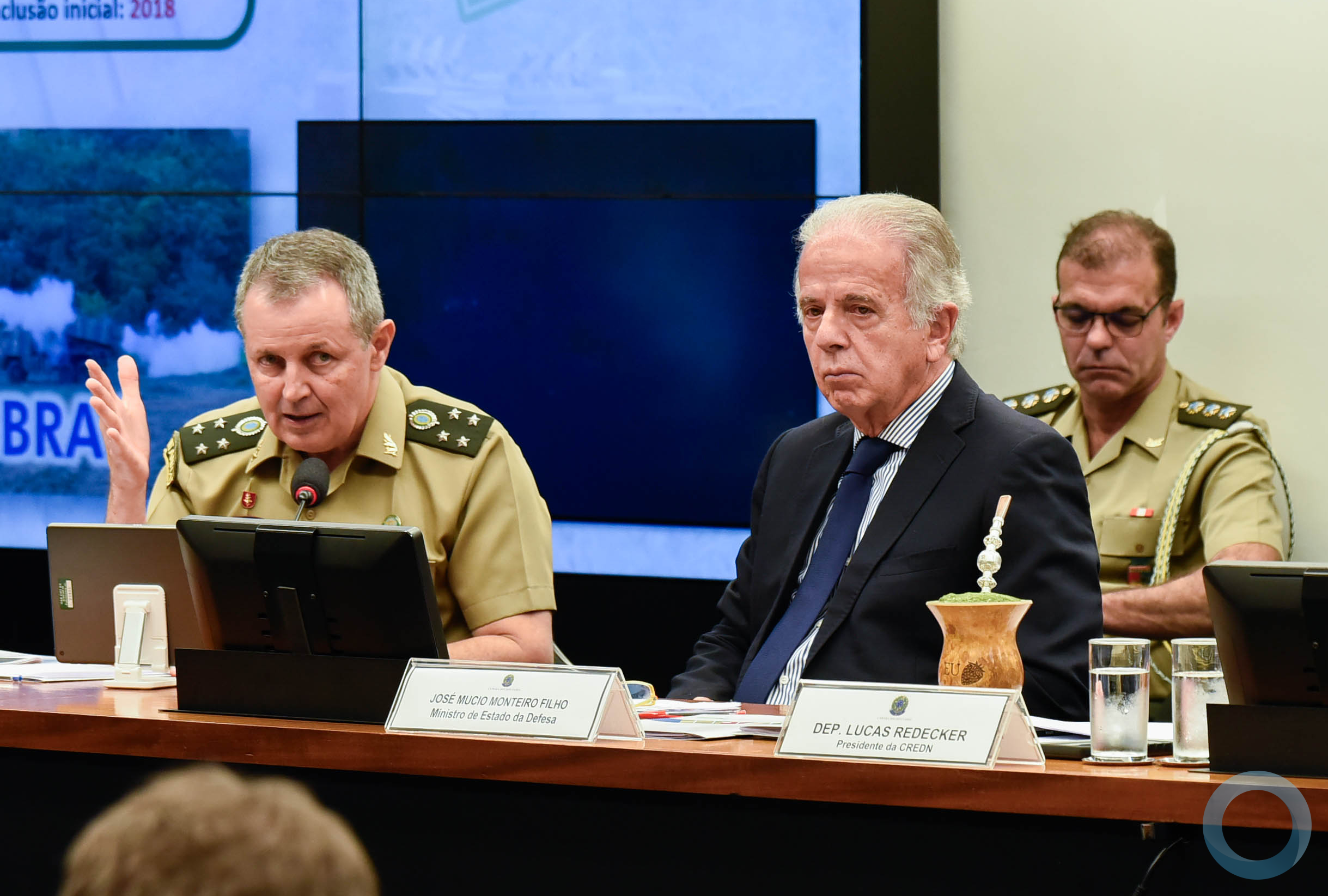Nota DefesaNet
Para a íntegra do documento acesse:
Country Reports on Terrorism 2013 (PDF) [2316 Kb]
O Editor
Em meio às negociações de paz entre as Forças Armadas Revolucionárias da Colômbia (FARC) e o governo de Juan Manuel Santos – iniciadas em outubro de 2012–, a guerrilha foi responsável pela maior parte dos ataques terroristas no Hemisfério Ocidental em 2013. A conclusão é de um relatório sobre terrorismo divulgado ontem pelo Departamento de Estado dos EUA (Country Reports on Terrorism 2013).
Os ataques à infraestrutura colombiana – especialmente a oleodutos e plataformas de petróleo – principalmente pelas Farc e pelo Exército de Libertação Nacional (ELN) tiveram aumento de 46% em comparação a 2012. As FARC se concentraram no ano passado em ataques assimétricos (contra inimigos sem poder de retaliação) de baixo custo e alto impacto. As formas mais comuns foram lançamento de granadas de morteiros em delegacias de polícia ou postos militares, uso de explosivos colocados perto de estradas ou trilhas, ataques de franco-atiradores, barricadas e emboscadas.
No ano passado, segundo o relatório do Departamento de Estado dos EUA, a Colômbia experimentou a diminuição da atividade terrorista, apesar de o número de ataques à infraestrutura ter aumentado. Estatísticas do governo colombiano mostraram uma diminuição de 7% nos ataques em relação a 2012, com 830 incidentes terroristas no país comparados a 894 ataques no ano anterior.
As forças de segurança e prédios públicos foram o alvo mais comum, embora as baixas civis tenham ocorrido durante todo o ano. Ataques foram mais frequentes ao longo da fronteira com a Venezuela nos departamentos de Arauca, Norte de Santander e La Guajira. Também se destacaram no sudoeste, nos departamentos de Nariño e Cauca, e no departamento de Antioquia.
As FARC terminaram o ano de 2013 com uma declaração de cessar-fogo unilateral de 30 dias a partir de 15 de dezembro, enquanto Santos declarou que o governo continuaria sua pressão contra os insurgentes.
A guerrilha é considerada pelo governo americano a maior, mais antiga, mais violenta e mais bem equipada organização terrorista da América Latina. Embora o governo colombiano e os guerrilheiros tenham chegado a acordos parciais em reforma agrária e participação política, um acordo de paz bilateral não foi atingido.
O ELN também expressou desejo de encontrar uma saída política. Embora suas negociações com o governo ainda não tenham começado, o ELN libertou duas importantes vítimas de sequestro e indicou um grupo de negociadores formado por cinco pessoas.
América Latina. Em 2013, de acordo com as conclusões do relatório divulgado pelo governo americano, os países latino-americanos apresentaram melhoria modesta em sua estrutura antiterrorista e na segurança de suas fronteiras.
Organizações criminosas transnacionais continuam a impor ameaça mais significativa à região do que o terrorismo com base em várias nações. A maior parte dos países fez esforços para investigar possíveis conexões com organizações terroristas.
A influência do Irã no hemisfério ocidental continua sendo uma preocupação para o governo americano. No entanto, em razão de fortes restrições impostas ao país tanto pelos EUA como pela UE, Teerã não conseguiu expandir seus laços econômicos e políticos na América Latina.
A Tríplice Fronteira, entre Argentina, Brasil e Paraguai, continua um importante eixo regional de armas, narcóticos, tráfico humano, falsificação, bens pirateados e lavagem de dinheiro – todas fontes potenciais de financiamento para organizações terroristas.
Mundo. Um aumento no número de afiliados ativos da Al-Qaeda e de grupos semelhantes no Oriente Médio e no Norte da África representa uma séria ameaça aos interesses e aliados dos EUA, disse o Departamento de Estado, ao relatar mais de 40% de aumento nos ataques terroristas em todo o mundo entre 2012 e 2013.
O relatório destacou o Irã como um dos principais países patrocinadores do terrorismo. Segundo os EUA, o país continua a ignorar os pedidos para comprovação de que suas ambições atômicas têm finalidade pacífica, mesmo com as negociações envolvendo seu programa nuclear.
Em seu relatório anual sobre o terrorismo global, o governo americano disse que as perdas na cúpula da Al-Qaeda no Paquistão e no Afeganistão "aceleraram" a descentralização da rede em 2013. Isso resultou no surgimento de grupos autônomos e afiliados mais agressivos, principalmente no Iêmen, na Síria, no Iraque, no noroeste da África e na Somália.
Os 10 grupos terroristas mais ativos no mundo em 2013
|
Perpetrator Group Name |
Total |
Total |
Average Number Killed |
|
Taliban |
641 |
2340 |
3.65 |
|
Al-Qa’ida in Iraq/Islamic State of |
401 |
1725 |
4.30 |
|
Boko Haram |
213 |
1589 |
7.46 |
|
Maoists (India)/Communist |
203 |
190 |
0.94 |
|
Al-Shabaab |
195 |
512 |
2.63 |
|
Tehrik-i-Taliban Pakistan (TTP) |
134 |
589 |
4.40 |
|
New People's Army (NPA) |
118 |
88 |
0.75 |
|
Al-Qa’ida in the Arabian |
84 |
177 |
2.11 |
|
Revolutionary Armed Forces |
77 |
45 |
0.58 |
|
Bangsamoro Islamic Freedom |
34 |
23 |
0.68 |
Alvos de ataques terroristas, 2013
|
Target Type |
Number of Targets |
|
Private Citizens & Property |
3035 |
|
Police |
2388 |
|
Government (General) |
1376 |
|
Business |
862 |
|
Military |
621 |
|
Religious Figures & Institutions |
383 |
|
Educational Institutions |
354 |
|
Terrorists & Non-State Militia |
270 |
|
Transportation |
253 |
|
Utilities |
244 |
|
Journalists & Media |
167 |
|
Violent Political Party |
137 |
|
Government (Diplomatic) |
102 |
|
Telecommunication |
68 |
|
NGO |
51 |
|
Other |
41 |
|
Airports & Airlines |
29 |
|
Tourists |
16 |
|
Maritime |
11 |
|
Food or Water Supply |
7 |
|
Total |
10415 |
|
Country Reports on Terrorism 2013
BRAZIL
Overview: The Brazilian government continued to support counterterrorism activities, including investigating potential terrorist financing, document forgery networks, and other illicit activity. Operationally, Brazilian security forces worked with U.S. officials to pursue investigative leads provided by U.S. and other intelligence services, law enforcement, and financial agencies regarding terrorist suspects. Brazil has a sophisticated and competent financial intelligence unit, the Council for Financial Activities Control.
Legislation, Law Enforcement, and Border Security: Brazil has four pieces of terrorism legislation pending in Congress: one would deny visas to persons and/or expel foreigners convicted or accused of a terrorist act in another country (introduced in 2011); another defines terrorism in the Brazilian Constitution (introduced in 2013); a third updates the Brazilian penal code to include sentencing guidelines for terrorism crimes (introduced in 2012); and the fourth defines specific crimes, including terrorism, during and preceding the World Cup (introduced in 2011).
Brazil’s law enforcement capacity, as it pertains to proactive detection, deterrence, and prevention of terrorism within its borders, appears adequate but is limited as law enforcement priorities are almost singularly focused on counternarcotic activities. Interagency cooperation and coordination need improvement, particularly regarding information sharing. While problems exist at the State level between enforcement agencies and their investigative counterparts, these are much more pronounced between Federal and State level law enforcement agencies. Coordination between civilian security and law enforcement agencies and the Brazilian military is hindered by inter-service rivalries.
Brazil has three law enforcement agencies with counterterrorism responsibilities, ranging from the investigation of terrorism to interdiction and response. They are the Brazilian Federal Police (DPF), through its Antiterrorism Division (DAT) and Tactical Operations Command (COT); the state-level Military Police Departments, through their respective Police Special Operations Battalions (BOPE); and the state-level Civil Police Departments through their respective Divisions of Special Operations (DOE).
All three of Brazil’s law enforcement agencies with counterterrorism responsibilities have benefitted from U.S. capacity building training. The U.S. Department of State’s Antiterrorism Assistance program delivered courses to security and law enforcement personnel covering topics such as tactical command, vital infrastructure security, crisis incident management, digital network security, and bus and rail security – all with the goal of enhancing investigative capabilities, building border security capabilities, and supporting the Government of Brazil’s efforts to prevent terrorist attacks at the 2014 World Cup and the 2016 Olympics. Training courses had the added benefit of bringing together disparate agencies, which enhanced the Brazilian interagency communication effort. Likewise, the U.S. Federal Bureau of Investigation offered courses to the aforementioned units ranging from interview and interrogation techniques, terrorist financing and money laundering investigations, and Hostage Rescue Team tactical subject matter expert exchanges.
Brazilian authorities continued to work with other concerned nations – particularly the United States – in combating document fraud. Since 2009, multiple regional and international joint operations successfully disrupted a number of document vendors and facilitators, as well as related human-trafficking networks. Since 2008, DHS Immigration and Customs Enforcement (ICE) and Customs and Border Protection (CBP) have trained Brazilian airline employees on identifying fraudulent documents.
The U.S.-Brazil Container Security Initiative (CSI) in Santos, which began in 2005, continued to operate throughout 2013. The CSI promotes secure containerized cargo – shipped to the United States – by co-locating DHS CBP personnel overseas to work with a foreign customs administration, specifically to target, detect, and inspect high risk cargo and containers that are potentially associated with terrorism while facilitating the movement of legitimate trade. Brazil continued to reach out to CBP International Affairs and Office of Field Operations to learn best practices and conduct joint workshops to bolster supply chain security and port security.
Countering the Financing of Terrorism: Brazil is a member of the Financial Action Task Force (FATF) and the Financial Action Task Force on Money Laundering in South America (GAFISUD), a FATF-style regional body (FSRB). Brazil gives FATF recommendations high priority and has created a working group chaired by the Ministry of Justice to incorporate these recommendations into legislation and regulation. Brazil seeks to play an active leadership role in its FSRB and has offered technical assistance to Argentina to implement FATF recommendations. Brazil updated its money laundering legislation in 2012, establishing stricter penalties but it did not criminalize terrorist financing as a stand-alone criminal offense. For further information on money laundering and financial crimes, see the 2014 International Narcotics Control Strategy Report (INCSR), Volume 2, Money Laundering and Financial Crimes: http://www.state.gov/j/inl/rls/nrcrpt/index.htm.
Regional and International Cooperation: The Brazilian government continued to invest in border and law enforcement infrastructure and has undertaken initiatives to control the flow of goods—legal and illegal – through the Tri-Border Area of Brazil, Argentina, and Paraguay. Brazil’s intelligence and law enforcement forces also work with their regional and international partners. Brazil participates in regional counterterrorism fora, including: the OAS and its Inter-American Committee Against Terrorism (CICTE), the Union of South American Nations, and Mercosur’s working group on terrorism and sub-working group on financial issues – the latter of which discusses terrorist financing and money laundering among the Mercosur countries.
|






